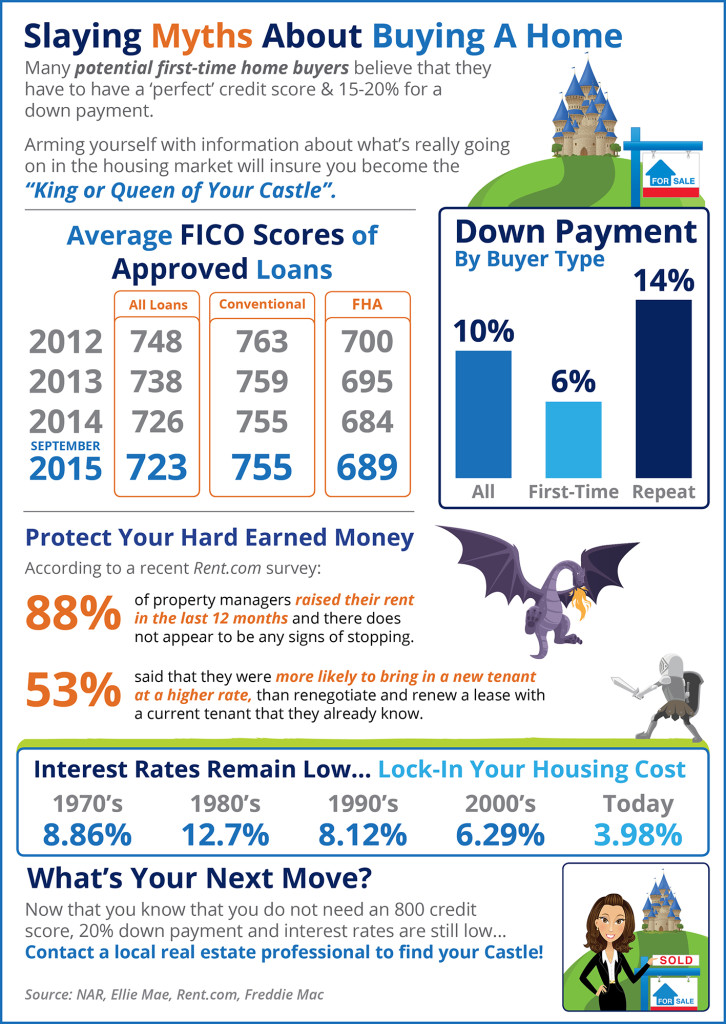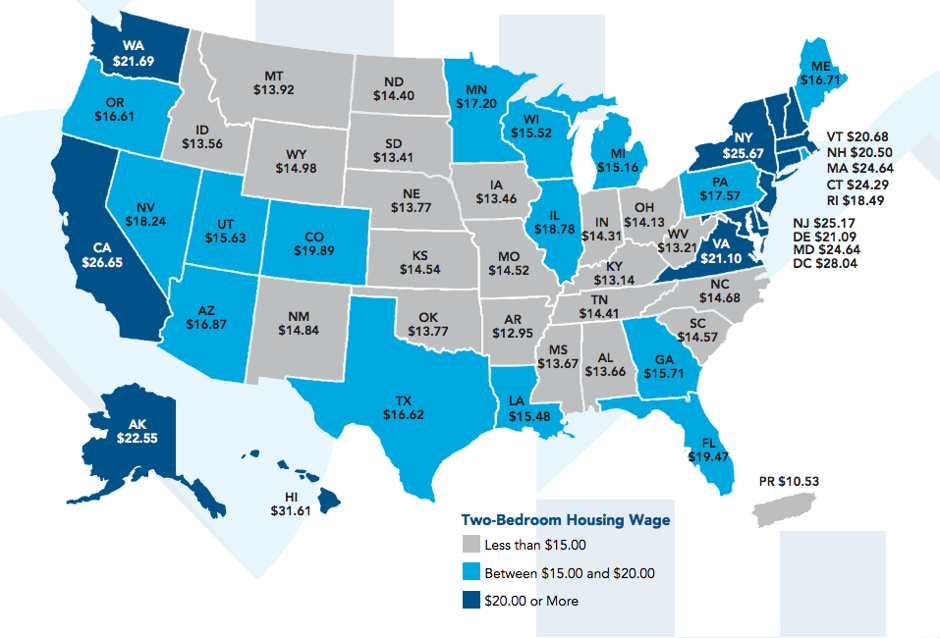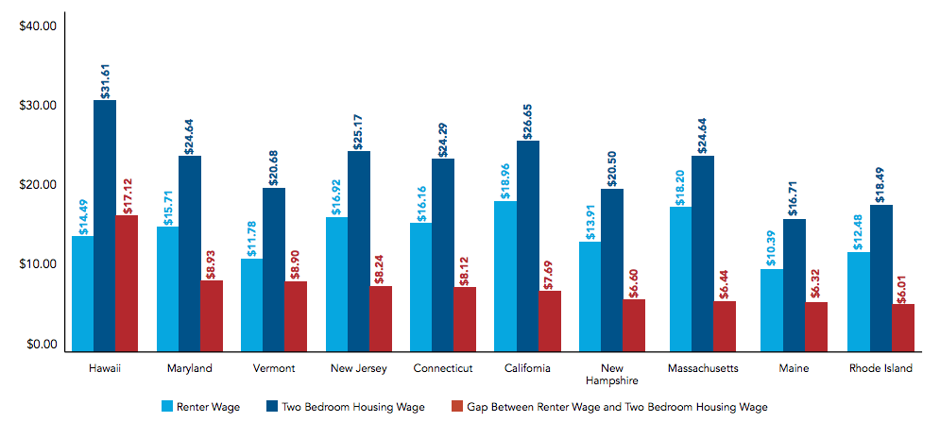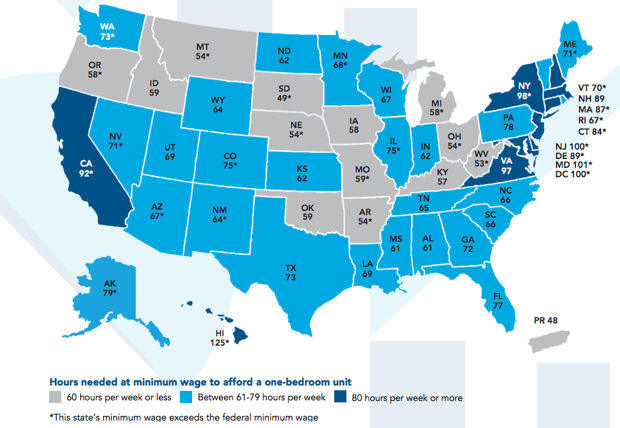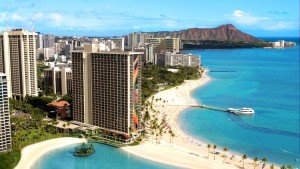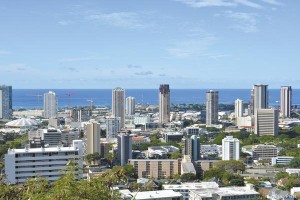The “Hawaii City Plaza” project at 710 Sheridan St. near Walmart and Sam’s Club stores is expected to have ground floor commercial space, including retail and restaurants, as well as a parking podium that will be the foundation for a condo tower.
James Freeman, principal for Honolulu-based FSC Architects, who is the architect for the project, declined further comment on the development until it engages in the public process. He is scheduled to present plans for the Hawaii City Plaza project at Tuesday’s Ala Moana-Kakaako Neighborhood Board.
The condo is expected to include a mix of affordable and market-rate units.
The Hawaii City Plaza is being developed by Advantage America Hawaii Regional Center LLC as part of the EB-5 immigrant investor program, which has resulted in $8.7 billion worth of foreign investment in U.S. businesses over the past three years and has created more than 35,000 jobs in America, according to U.S. Citizenship and Immigration Services.
To be eligible for visas that can ultimately lead to green cards, foreign investors must invest $1 million in new businesses that create 10 jobs in the U.S. That threshold falls to $500,000 if the investment is made in a rural area or areas with higher-than-average unemployment.
The Hawaii City Plaza project has received approval from the state Department of Business, Economic Development and Tourism as a project that fits within the targeted employment area.
It will be located in the Ala Moana Neighborhood Transit-Oriented area, with the goal of trying to get greater density around the transit stations to create walkable and bikeable communities.
The Hawaii City Plaza developer, a group from Mainland China, already has two projects in the Los Angeles area, which are smaller, limited-service hotels. This would be their first project in Hawaii.
The 39,520 square feet — nearly an acre of land — at 710 Sheridan St. is zoned for a retail/condo development.
Duane Shimogawa
Reporter
Pacific Business News
